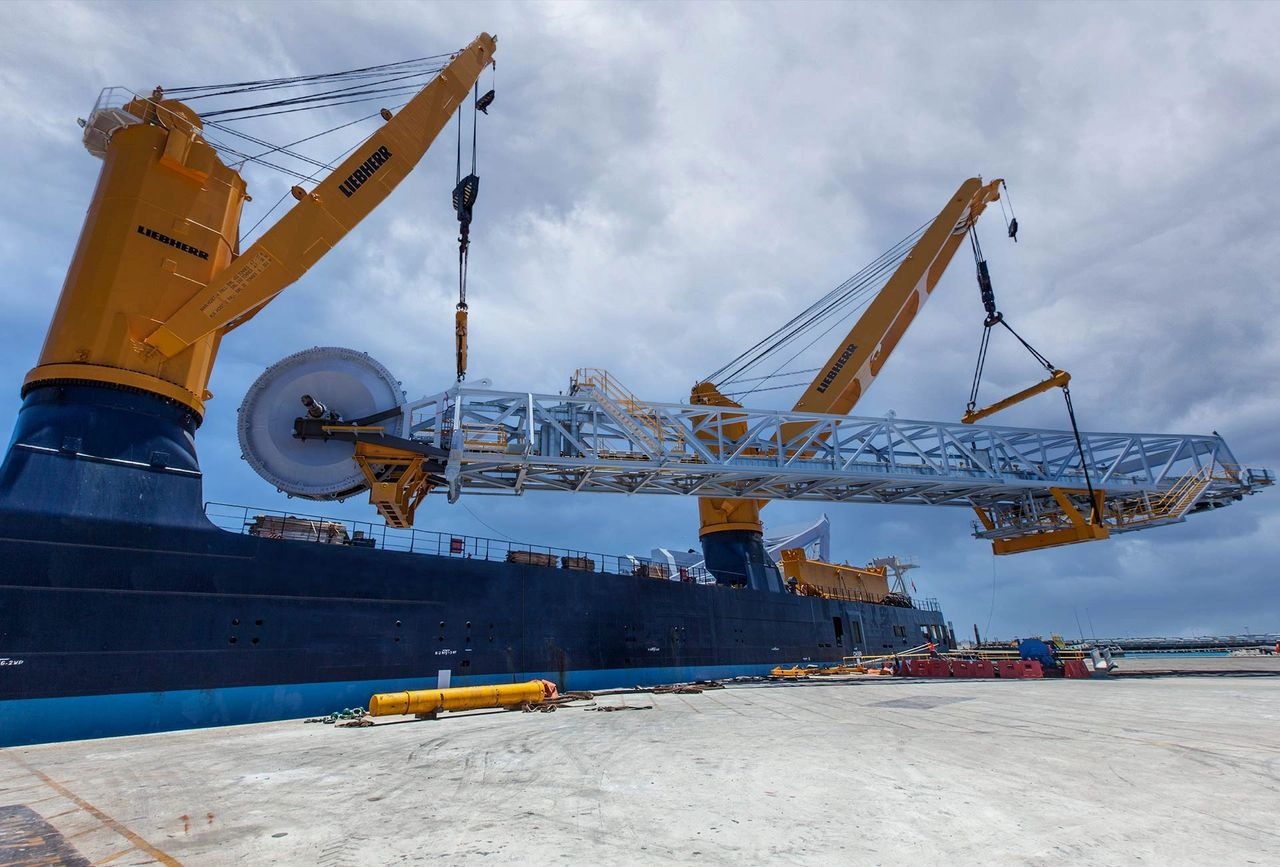When it comes to heavy lift crane operations, safety, and efficiency should always be top priorities. In this industry, it is crucial to understand the importance of meticulous planning, proper equipment selection, and skilled execution. This will help ensure a successful lift. Whether you are a seasoned professional or new to the industry, these tips will guide you toward successful heavy-lift crane operations.
Understand the Load
Before any lift takes place, it is essential to fully understand the load being lifted. By doing this, you can plan accordingly and minimize risks. This includes knowing the:
- Weight
- Dimensions
- Any potential hazards associated with the load
It is also important to consider environmental factors that may impact the lift, such as:
- Wind
- Uneven terrain
Preparing for a Successful Lift
Proper preparation is key to a successful heavy-lift crane operation. Some essential steps to take before beginning the lift include:
- Conducting a thorough site inspection
- Identifying potential hazards and addressing them in the lift plan
- Ensuring all cranes are functioning properly and are regularly maintained
- Training all personnel involved in the lifting operation
- Establishing clear communication protocols
- Using warning devices or signals
Choosing the Right Crane
Selecting the appropriate crane for a heavy lift is crucial. Factors to consider when choosing a crane include:
- Load weight capacity and dimensions
- Lift height and distance
- Terrain and environmental conditions
- Any overhead obstructions
- Available space for crane setup
It is important to consult with a qualified engineer or crane rental company to determine the best crane for heavy loads. Using the wrong crane can cause heavy objects to swing, creating accidents, and delays.
Proper Rigging and Lifting Techniques
Rigging and lifting techniques are crucial to a successful lift. Here are some best practices to follow:
- Always use trained and certified riggers and signalpersons
- Ensure all slings, shackles, and other rigging hardware are inspected and meet safety standards
- Use tag lines to guide the load during the lift
Execution and Safety During the Lift
During heavy lifting operations, safety should always be the top priority. Some critical points to keep in mind include:
- Keeping clear communication between all personnel involved in the lift
- Monitoring weather conditions and avoiding lifting in unsafe conditions
- Ensuring proper rigging equipment and techniques are used
- Maintaining a safe distance from the crane during operation
- Using taglines to control swinging heavy loads
Weather Considerations and Adaptation Strategies
Weather monitoring and adaptation strategies are crucial for safe crane operations. Consider common weather-related issues such as:
- High Winds: This can sway heavy loads during lifting. It’s essential to use cranes with high wind resistance or postpone lifts for safety, especially for crane ships and large crane vessels.
- Rain: This can cause slippery conditions, complicating the control of heavy loads. Using non-slip mats and securing loads are vital safety measures.
- Extreme Temperatures: This can affect crane performance and operator efficiency. Regular breaks, hydration, and contingency plans are crucial, particularly during the summer months.
Regular Maintenance and Inspections
Properly maintaining and inspecting heavy lift cranes is crucial to their safe operation. It is essential to have a maintenance schedule in place and regularly perform inspections on all components of the crane, including:
- Cables
- Hooks
- Boom
- Outriggers
Any issues found during inspections should be addressed immediately to avoid potential accidents during lifts.
Training and Technology for Crane Operation Success
With advancements in technology, there are now various tools and devices available to help improve crane operations. It is essential to train all personnel on the proper use of these tools and equipment to enhance efficiency and safety during lifts. Some examples include:
- Load monitoring systems
- Anti-collision systems
- Remote control capabilities
Investing in training and technology can greatly benefit heavy lift operations in terms of safety, efficiency, and precision.
Incident Reporting and Learning from Past Lifts
Accidents can occur during heavy-lift crane operations, despite careful planning. It’s crucial to have a clear incident reporting process and learn from each lift, especially when using heavy lift cranes or floating cranes. Regular safety meetings and focused training are key to building a safety-conscious culture within the industry.
This approach is essential for the long service life of equipment and the prevention of future incidents, particularly in complex tasks like construction and installation, using crane ships, or the largest crane vessels.
Why Following these Tips will Lead to Successful Heavy-Lift Crane Operations
By following these expert tips, you can enhance safety and efficiency in heavy-lift crane operations. Proper planning and preparation, using the right equipment and techniques, regular maintenance and inspections, considering weather conditions, investing in training and technology, and learning from past incidents are all crucial components of a successful lift.
Remember to always prioritize safety and never compromise on proper execution. With these tips in mind, you can ensure successful and safe heavy-lift crane operations every time. So keep these tips in mind for your next heavy-lifting project and see the difference it makes!
